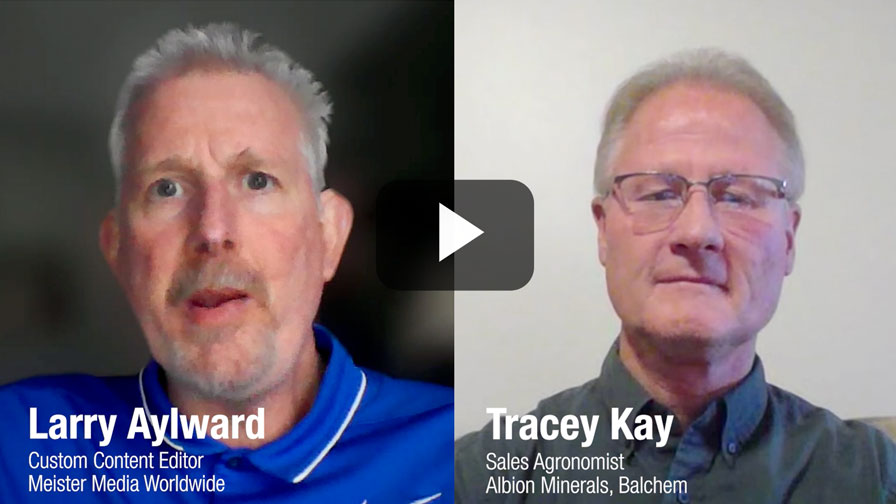Vic Story: HLB-Resistant Tree Is Key To Industry’s Future

This is the fourth of six installments featuring Florida Grower’s 2012 Citrus Achievement Award winner Vic Story addressing all things citrus. This month, the president of Lake Wales-based The Story Companies provides his thoughts on how the new crop is shaping up and the prospect of HLB-resistant trees.
Q: How has the rainy season and the passing of Tropical Storm Isaac impacted your groves?
A: For us here on the Ridge, Isaac hit us just right with rain. We had 3 to 5 inches of rain and no wind to speak of. I’ve heard that some of the folks around Manatee County and Sarasota got pretty wet along with some places on the East Coast. The new crop seems to be coming along pretty good. We’ve had the first two crop estimates come out and I’ve noticed a good number of pieces on the trees like the estimates say. But, the sizes on the early varieties seem a little small for this time of year, especially compared to last year. The Valencias don’t look as small and appear more normal. Grapefruit and specialty citrus all look to be about normal in size, but not big.
It is hard to predict a crop, but the USDA always seems to be pretty close in their projections. Most of the growers I know, myself included, thought the first two estimates were a little high. If we are going to have a big crop, I just hope to get my fair share of it.
Q: How important is an HLB-resistant tree to the future of the industry?
A: I believe over the long-term that a tree resistant to HLB is very important. We have some good stop-gap approaches like foliar nutrition and better psyllid control that are helping us, but over the long haul as my sons continue our business, a resistant tree will be needed.
The sooner we get this tree, the better. If we could start replacing trees that we are pushing out with resistant trees, that would be wonderful. I don’t believe we have nursery capacity or the money to do a wholesale replanting of our industry here in Florida when we do have a resistant tree. But, if we could reset these trees over a period of five to 10 years, it would be a good way to incorporate these new trees into our groves. As far as acceptance of genetically modified crops, I believe we will have to be prepared to address any concerns that arise and assure consumers that our product is as safe and wholesome as it has always been. When the time comes, I believe we will be able to get consumer buy in.










